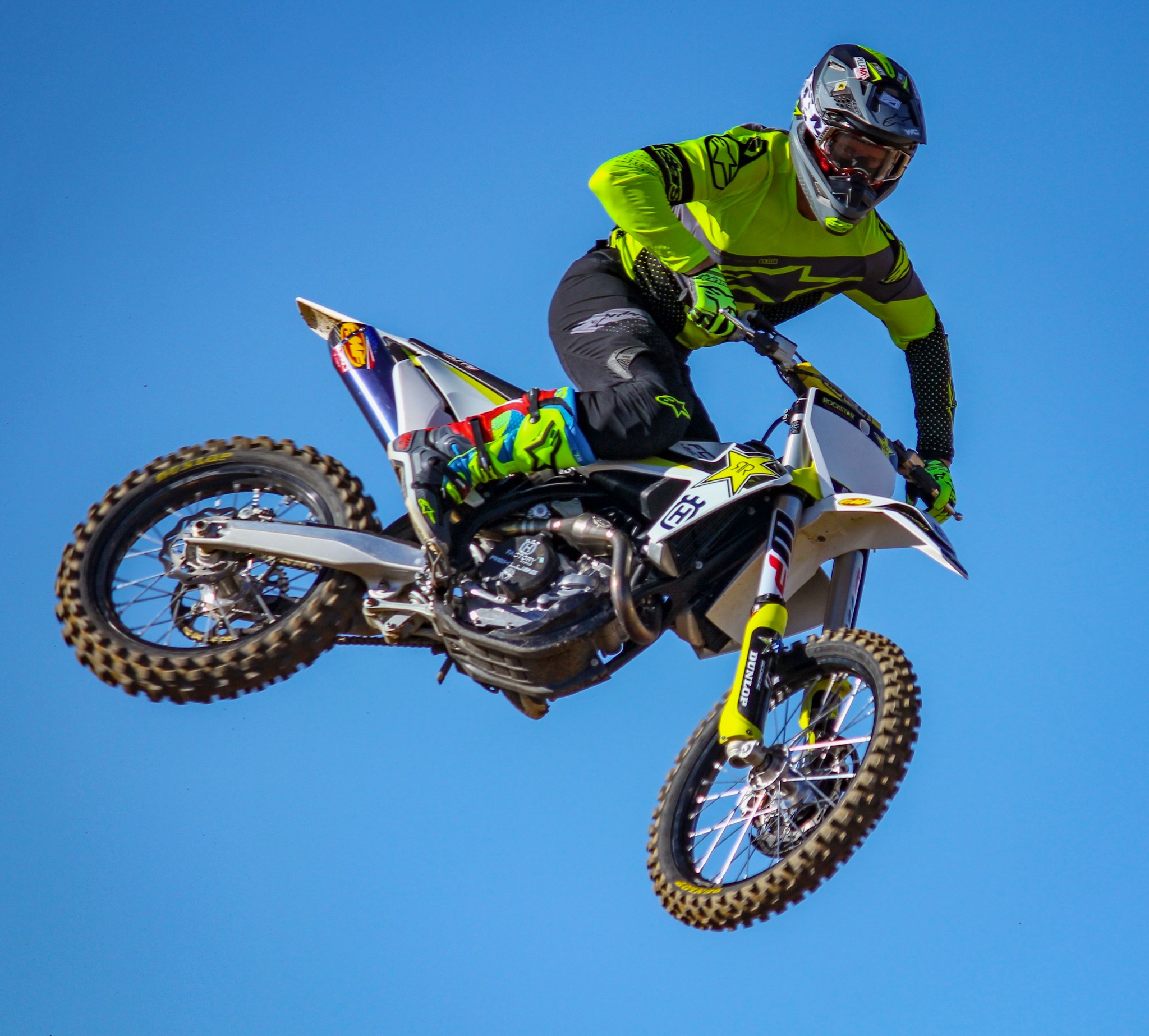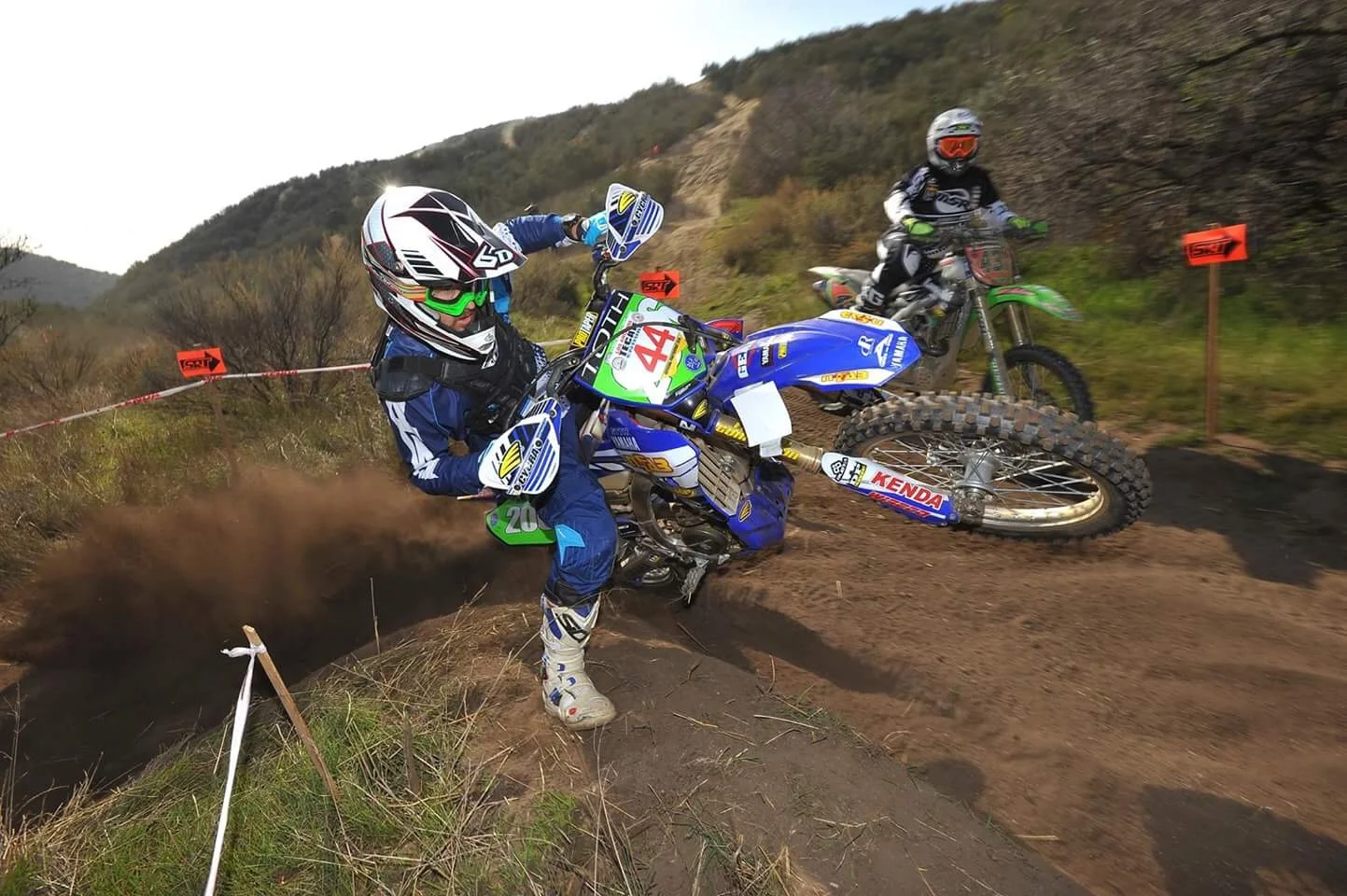By: Michael Allen
About eight years ago I started testing motorcycles and motorcycle related products, which is where I met Kris. At times there were multi day tests that had us either having to wear sweaty boots from the day before or wet boots because they needed to be washed. For a few years I just dealt with the wet feet inside the boot feel, but I knew I had to find a better way to combat this problem. That all ended when I walked through Bass Pro Shop with my wife and something caught my eye. As we walked through the footwear section I noticed a plastic contraption that had two upside down boots on the top. When I looked at the tag I realized that I had been riding in wet boots for years for no damn good reason. I don’t know why, but I never seen a boot dryer and when I saw this one, I figured it would be more money than it was worth, but to my surprise it was only $45.00. I purchased it that day and haven’t started my ride in wet boots ever since.
The dryer I have is made by Peet and can be found on Amazon (see the link at the bottom) for $44.99. There are cheaper options (and much more expensive), but I can only vouch for the one that I own and it’s been great. The concept is simple; once plugged in (there isn’t an on/off switch) the dryer radiates warm air through the tubes and into the boots. Once I finish washing my boots I set them on the dryer and leave them over night and by morning they are warm and dry. I’ve dried every brand of boot on the Peet dryer and have yet to find a pair it doesn’t mate with. When it comes to bootie style boots I don’t always remove the booties when I scrub the boots, but it doesn’t matter as the boots fit with or without the booties. Also, if the top tubes are removed you have the ability to dry gloves as well. Another plus side to a dryer is that I’ve noticed my boots don’t smell as bad since they no longer sit with moisture in them that could cause that awful wet sweat smell. If you know, you know!
After looking online I have seen that people have made their own dryer out of PVC, but in my opinion, for the price, it’s much easier to just buy a drier that’s proven. To me this is a hidden gem because I didn’t know they existed (I guess I’d been living under a rock). The design is simple and works great and it’s relatively inexpensive.






